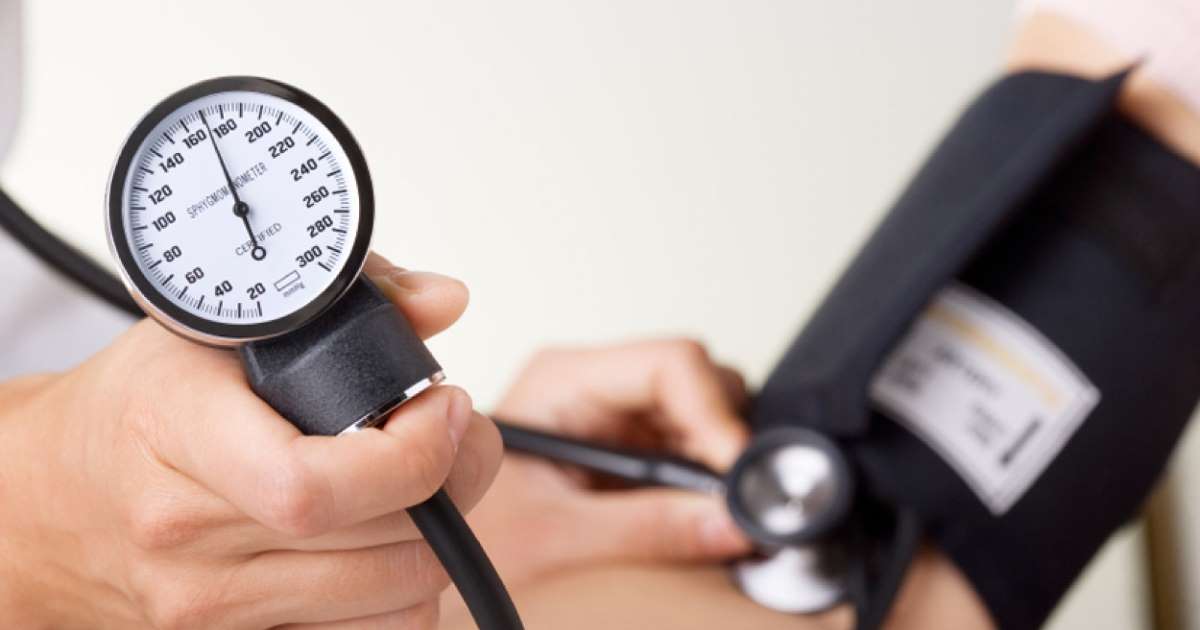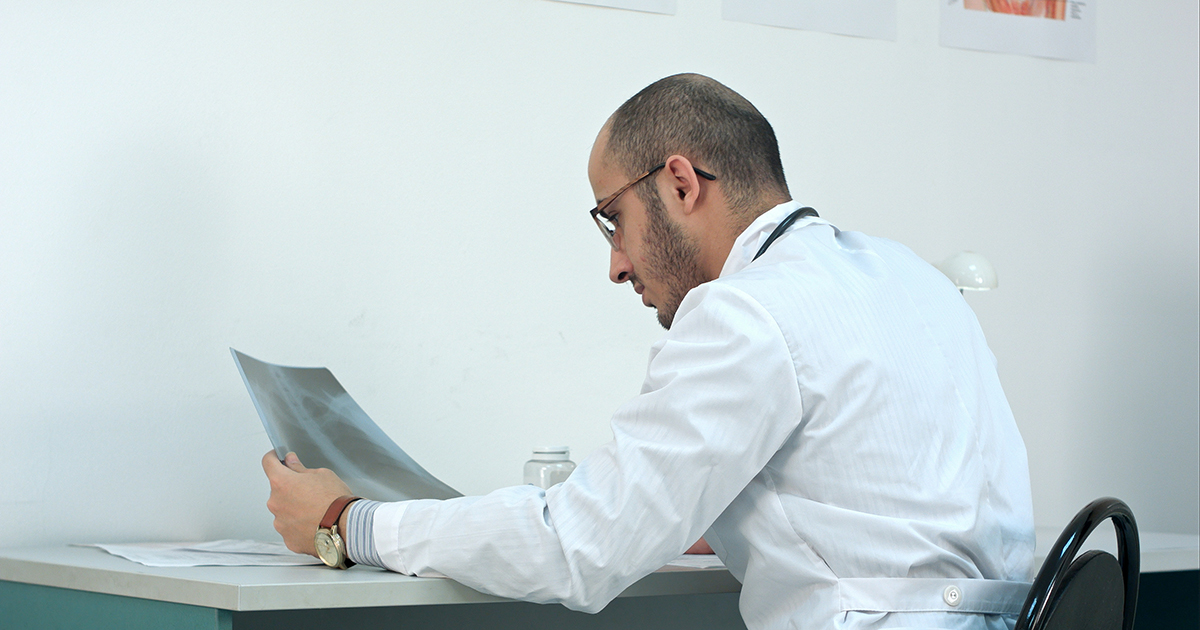Causes And Types Of Aortic Aneurysms
An aneurysm is a ballooning of the artery wall. It can also be a ballooning or bulge in a vein, although this is rare. The artery can be in the wall of the heart, in the brain, legs, chest, or abdomen. The danger with aneurysms is their walls are thin and weak and can burst, which leads to hemorrhaging. When an aneurysm hemorrhages it is always a medical emergency. An individual can acquire an aneurysm through an injury, illness, or medical condition. Some medical conditions that increase the risk for aneurysms are congenital. The problem with an aneurysm that hasn’t ruptured is there are sometimes no symptoms. The defect is found when the patient goes to the doctor for other reasons. Uncover information about the causes and types of aortic aneurysms now.
High Blood Pressure

One of the reasons high blood pressure (hypertension) is so dangerous is it can put an individual at risk for an aneurysm. Blood pressure is considered high when the reading is 140/90. Like an aneurysm itself, hypertension is often asymptomatic. Interestingly, the relationship between high blood pressure and the risk of an aneurysm is not clear, but it is possible the stress hypertension puts on an artery that has been narrowed and scarred from plaque or grown stiff for other reasons can weaken the artery wall. At the same time, the heart pumps blood more forcefully. It is possible that eventually the vulnerable artery wall balloons then ruptures.
Reveal more on the causes of aortic aneurysms now.
Inherited Connective Tissue Disorders

Some inherited connective tissue disorders also make an individual more at risk for an aneurysm. Connective tissues are those that support and strengthen parts of the body such as the tendons, ligaments, and heart valves. One of these disorders is Marfan syndrome, which affects the person’s musculoskeletal, metabolic, and endocrine systems. Individuals with Marfan syndrome are tall and thin and have unusually long arms, legs, and fingers. They often have sunken or protruding chests. They also suffer from heart problems, including aneurysms in their aorta, which is the largest artery in the body and is prominent in the heart. Other inherited connective tissue disorders that put a person at risk for an aortic aneurysm are Ehlers-Danlos syndrome and Loeys-Dietz syndrome.
Get to know more about what can cause aortic aneurysms now.
Sudden Injury

A sudden injury can also affect an artery in the body and cause its walls to weaken and eventually bulge. One type of this injury is a non-penetrating head trauma caused by a rotational injury or what is called shear. This can happen during a car accident when the head moves violently one way, and the brain inside of it moves the opposite way and is injured. A penetrating injury such as one caused by a bullet can also result in an aneurysm. Aneurysms in the chest and abdomen can arise after a person is injured in those places. Fortunately, aneurysms that occur due to sudden injury are somewhat uncommon.
Read about the first type of aortic aneurysms next.
Abdominal Aortic Aneurysms

The aorta reaches down from the heart into the abdomen, and abdominal aortic aneurysms can develop. When the doctor discovers the patient has one of these aneurysms, treatment depends on the size of the lesion and how quickly it is growing. The doctor may suggest 'watchful waiting' or may insist the patient have surgery right away. Some of these aneurysms are small and never rupture or cause symptoms. Other individuals may feel pain in their back or abdomen or to one side of their abdomen or feel a pulse near their navel. If the pain comes on suddenly and is quite severe, the patient needs to call for medical help right away. Individuals who are most at risk for abdominal aortic aneurysms are smokers between sixty-five and seventy-five.
Learn about the second type of an aortic aneurysm now.
Thoracic Aortic Aneurysm

The aorta also passes through the chest, and an aneurysm in this area is called a thoracic aortic aneurysm. They are not as common as aortic aneurysms found in the abdomen. This is fortunate, because if a thoracic aneurysm bursts, the patient often dies instantly. The mortality rate is as high as eighty percent. This is the type of aneurysm that afflicts patients with Marfan syndrome or another connective tissue disease. Another cause of thoracic aneurysms is the hardening of the arteries. As with an abdominal aneurysm, smoking is a risk factor, as are hypertension and a family history of aneurysms. The aneurysm can be found in the ascending or the descending aorta. Aneurysms in the ascending aorta are believed to be more dangerous than those in the descending aorta, and they are surgically treated when they are at a smaller size.
